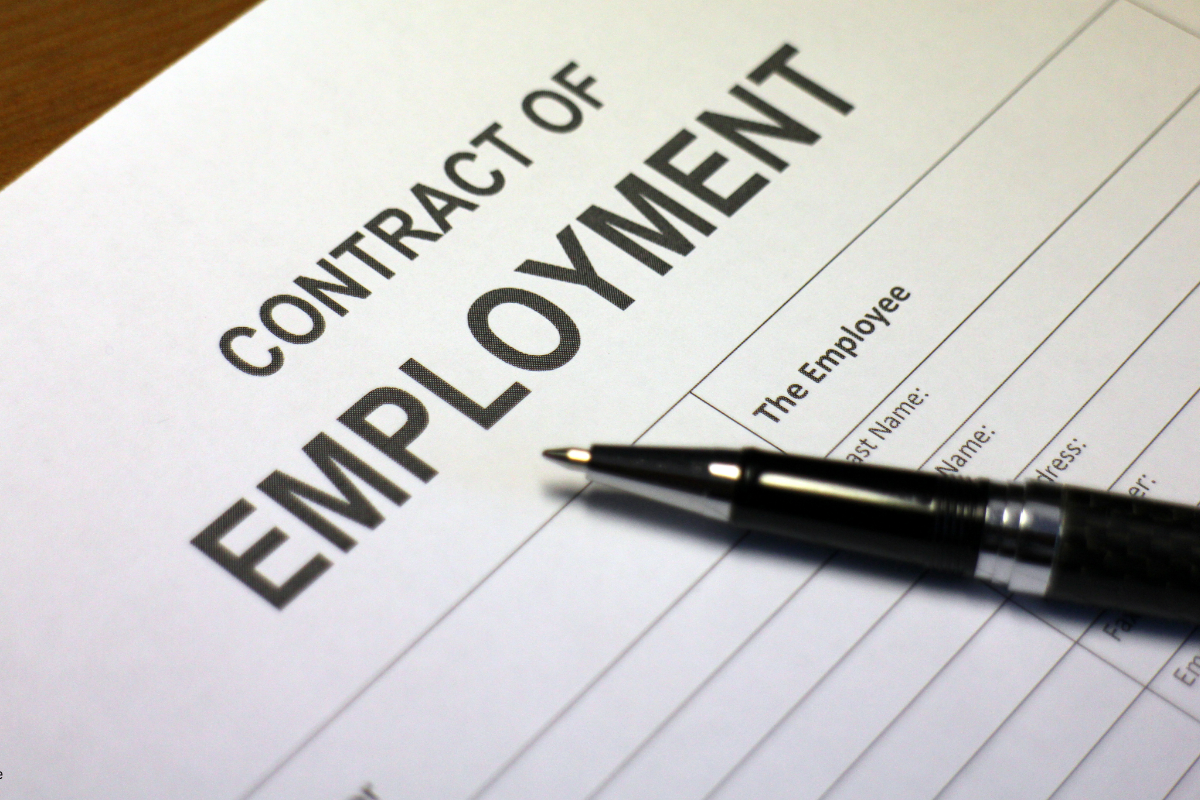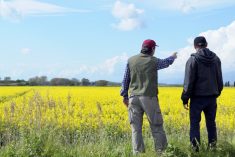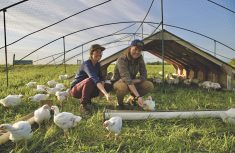You probably have experienced either stress or anxiety from time to time. They are common conditions and a wide variety of drugs are available to alleviate the symptoms. Medication certainly helps, but can lead to problems such as dependency. Next issue, we’ll look at the chemistry of these drugs as well as some non-drug approaches to stress and anxiety. Until then, don’t worry!
There’s a good chance you know this much already. Osteoporosis is low bone mass, and it can lead to broken bones, especially with your hip, wrists and spine. But there’s also a good chance that you don’t know other critical facts about osteoporosis, and that you’re actually wrong about others.
Read Also

Employment Agreements Can Help Protect Your Farm
Entering into employment agreements with each of your farm employees should be at the top of every farm’s “to do” list, but caution must be exercised.
It is estimated that two million Canadians are affected by the disease. And they aren’t all women. Yes, on average one in four women over 40 is at risk for bone loss, but so are one in eight men over 50.
If you think that osteoporosis is a disease of old age, you are wrong. Studies show that 95 per cent of your bone mass is accumulated by age 17, and that bone mass peaks in your late 20s and 30s. After you reach your peak bone mass, you start losing it at about 0.3 to 0.5 per cent each year.
Ideally, you want to maximize your bone mass when you are young, so that when you are old you will have healthy bones.
Calcium is the key to building bones. The recommendations differ depending upon your age, but generally older people should have 1,500 milligrams per day, and 1,000 milligrams for people under 50. Dietary sources are the most compatible with your body, for example milk and milk products, canned salmon with the bones, kale, broccoli, beans, almonds, and calcium-fortified foods.
To see if you have enough calcium, keep track of what you eat and its calcium content for a couple of days. Sometimes, it can be impossible for you to get enough calcium in your diet. If it is, consider supplements. You want to pay attention to the “elemental calcium,” that is the amount of the actual mineral per tablet.
The other key ingredient in building healthy bones is vitamin D. Your skin manufactures this vitamin with sun exposure. About 20 minutes of sunlight three or four times a week is needed. Lack of sun exposure, especially during wintertime or for people such as nursing home residents who are not outdoors, contributes to osteoporosis.
The general recommendation is for 400 international units or IU of vitamin D for people under 50 and 800 IU for people over 50. However, recent research has indicated higher levels may be needed. The most common dietary sources are fortified foods, such as milk. Supplements are also available.
Your body continually builds bone by a process known as remodeling. Old bone is broken down, removed, and then replaced with new bone. Calcium and vitamin D are the building blocks for bone, but various other minerals are also needed, for example fluoride, magnesium, and phosphates. An average diet contains enough of these minerals so supplementation is usually not needed.
In your body, hormones such as estrogen and thyroid impact bone building. In the case of estrogen, when levels drop after menopause, the risk of osteoporosis dramatically increases. At one time, in fact, hormone supplements were used for osteoporosis prevention. This therapy worked well for bone health, but increased cardiovascular problems, and today is no longer recommended.
Good calcium and vitamin D intake is important for everyone, but if you have an increased risk for osteoporosis, you need to be especially vigilant. Risk factors that you cannot change include a family history of osteoporosis as well as older age, Caucasian or Asian heritage, and thin or small-boned body structure.
However, there are other habits that you can alter to reduce your risk. If you smoke, quit. Avoid excessive alcohol or caffeine consumption. Become physically active, focusing on weight bearing exercise. If you regularly take medications, check for ones like antacids, steroids, and seizure drugs that can rob your body of calcium. Working with your pharmacist and physician, you may be able to reduce the effect.
Osteoporosis is considered a “silent thief” of your bone mass, because there are no symptoms and by the time you realize you are affected, you may already have a broken bone. The first symptom may actually be the pain of a undiagnosed fracture.
Regardless of your age, your best defence against osteoporosis is calcium and vitamin D. Make sure you get yours!
Marie Berry is a lawyer/pharmacist interested in health care and education.














